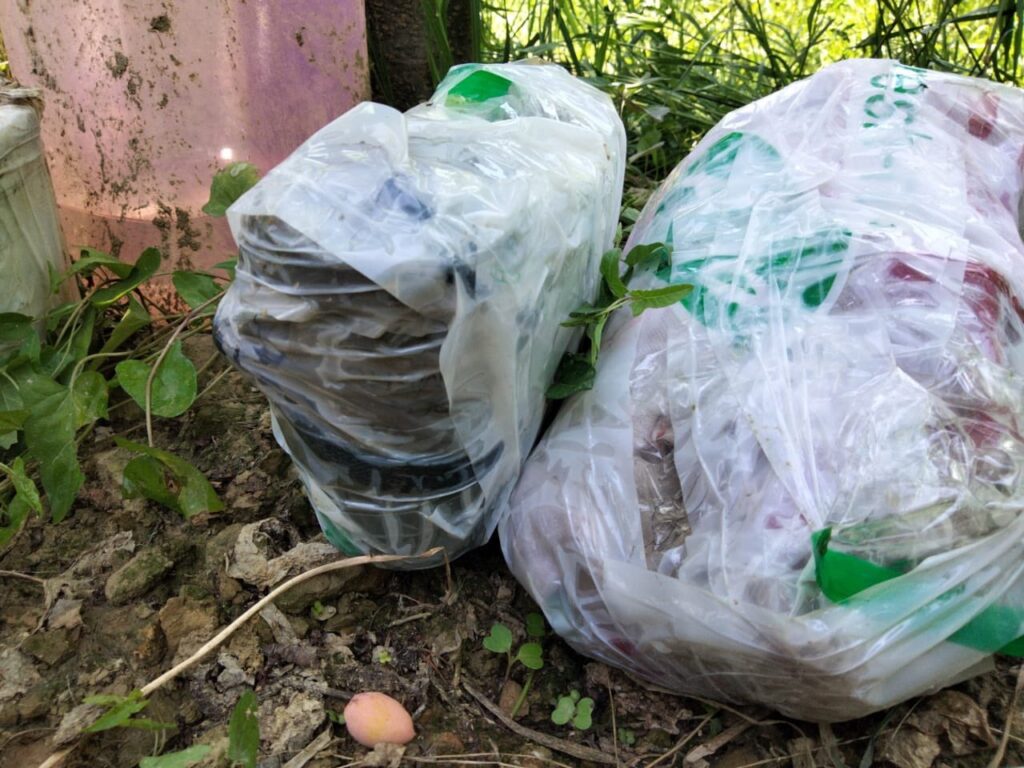
Srinagar- Liquid explosives seem to have made a comeback in Jammu and Kashmir militancy theatre after 17 years as a recent raid by police in the Union territory led to the recovery of such “difficult-to-detect (d2d)” Improvised Explosive Devices, officials said.
The liquid IED was recovered with the assistance of one of the Over Ground Workers (OGW), arrested after a gunfight earlier this month in Pulwama in which one of the oldest surviving Lashkar-e-Taiba (LeT) terrorists Riyaz Dar alias “Sathar” and his associate Rayees Dar were killed.
Riyaz Dar had joined the banned LeT in 2014 and had closely worked with slain Pakistani terrorists Abu Dujana and Abu Ismail. He was involved in many terror-related activities.
While Riyaz, designated as an A++ terrorist, carried a cash reward of above Rs 10 lakh, Rayees Dar was categorised as ‘A’ carrying a cash reward of Rs 5 lakh.
Immediately after the gunfight, police cracked down on OGWs working for the Lashkar terrorists and arrested four of them.
During interrogation, the officials said, one of the OGWs said the terrorists were given shelter and provided with logistics by Bilal Ahmed Lone, Sajjad Ganie and Shakir Bashir, all residents of Nihama in Pulwama.
The OGW network was unearthed and these three persons were arrested later.
During investigation, the OGWs informed the police that the two Lashkar-e-Taiba terrorists had prepared liquid IEDs. Bashir had hid them in the orchards.
Explosive experts from the army decided to destroy the IEDs, weighing around 6 kg and stored in a plastic container, considering them to be dangerous.
This, according to the officials, can be seen as a bigger threat as such explosives can be categorised d2d as they cannot be located with conventional detectors used by Road opening Party (RoP) or by sniffer dogs.
Liquid explosives were used by terror groups in south Kashmir during 2007, but after that, these were not seen during the decade of militancy that hit Jammu and Kashmir.
The officials said there had been intelligence inputs suggesting that Pakistan-based terror groups would now use liquid explosives.
In February 2022, Jammu and Kashmir Police had recovered arms and ammunition from the international border in Jammu which also contained three bottles of a white liquid being air-dropped by drones entering from Pakistan.
Forensic examination indicated that it could be trinitrotoluene (TNT) or nitroglycerine, generally used in dynamites, but a final report was awaited, the officials said.
The liquid explosive material, white in colour, was packed in three one-litre bottles and was part of the consignment dropped by drones, which had taken flight from neighbouring Pakistan, on February 24, 2022.
The officials did not rule out the possibility that such explosives may have found their way into the Kashmir valley as some drone droppings, according to intelligence reports, could have succeeded.
Pakistan’s external swooping agency, the Inter-Services Intelligence (ISI), which has been providing tactical support to banned terror groups like the LeT, Jaish-e-Mohammed and the Hizbul Mujahideen, operating from across the border, has chosen the way of air-dropping weapons with the help of drones.
Follow this link to join our WhatsApp group: Join Now
Be Part of Quality Journalism |
Quality journalism takes a lot of time, money and hard work to produce and despite all the hardships we still do it. Our reporters and editors are working overtime in Kashmir and beyond to cover what you care about, break big stories, and expose injustices that can change lives. Today more people are reading Kashmir Observer than ever, but only a handful are paying while advertising revenues are falling fast. |
| ACT NOW |
| MONTHLY | Rs 100 | |
| YEARLY | Rs 1000 | |
| LIFETIME | Rs 10000 | |










